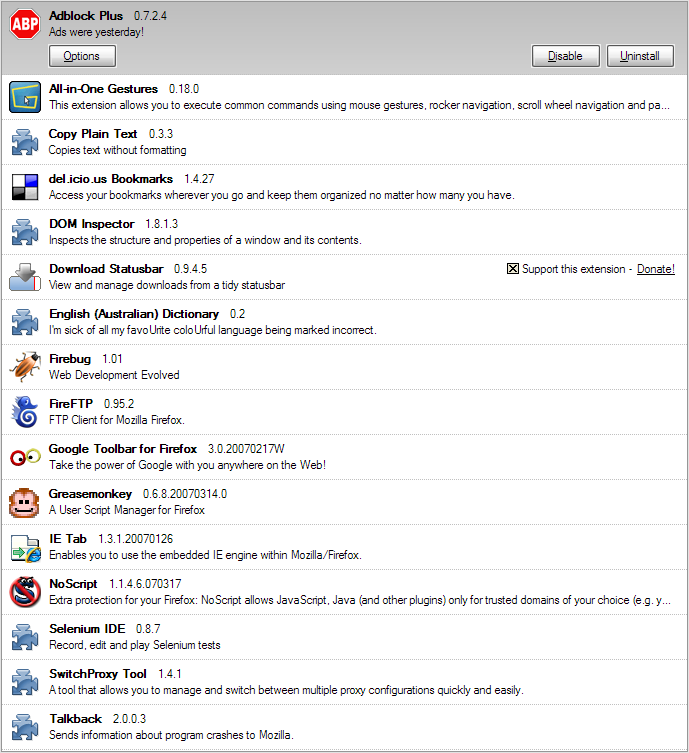
 We’ve released Firefox 66.0.5 for Desktop and Android, and Firefox ESR 60.6.3, which include the permanent fix for re-enabling add-ons that were disabled starting on May 3rd. Mozilla CTO Eric Rescorla posted a blog on the technical details of what went wrong last weekend.
We’ve released Firefox 66.0.5 for Desktop and Android, and Firefox ESR 60.6.3, which include the permanent fix for re-enabling add-ons that were disabled starting on May 3rd. Mozilla CTO Eric Rescorla posted a blog on the technical details of what went wrong last weekend. 
If you enabled telemetry to get the initial fix, we’re deleting all data collected since May 4.
A less technical blog post about the outage is also available. If you are running Firefox versions 47 – 56: install this extension to resolve the expired security certificate issue and re-enable extensions and themes. If you are running Firefox versions 57 – 60: Install this extension to resolve the expired security certificate issue and re-enable extensions and themes. If you are running Firefox versions 61 – 65 and 1) did not receive the deployed fix and 2) do not want to update to the current version (which includes the permanent fix): Install this extension to resolve the expired security certificate issue and re-enable extensions and themes. These steps are very useful if you're doing online monetary transactions, or even sending out sensitive information via e-mail from a computer away from home.Updates – Last updated 14:35 PST May 14, 2019. Step 5: Visit your favorite Web sites, with the ability to see the URL protocol. Step 4: Double-click on this line to change the value on the right-hand side from true to false. Step 3: Find in the long list of settings. Step 2: Click the button that says, "I'll be careful, I promise" when warned about editing these settings. Step 1: Open Firefox and type "about:config" into the address bar. 
The current address bar appears like the one above. Here's a quick fix for getting the protocol back in the address bar so you can see the full URL, every time: Unfortunately, if you're trying to find out if you're on a secure connection by reading the protocol at the start of the URL, you can't do that anymore. Firefox made a change to how URLs are displayed when visiting Web pages.







 0 kommentar(er)
0 kommentar(er)
